What is Performance Analysis ?
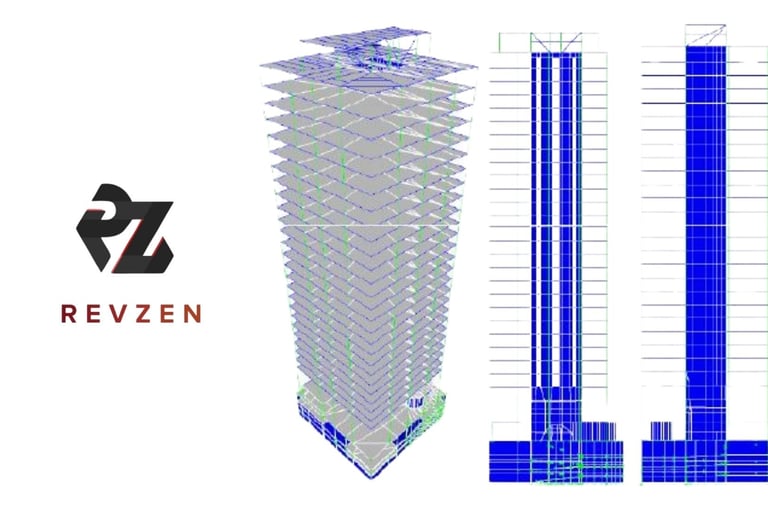

Summary :
Definition of Work, What Are We Doing?
Frequently Asked Questions, Common Misconceptions.
What Will We Do and Why?
What are we doing?
Performance evaluation according to Chapter 15 of TBDY 2018.
TBDY 2018 Clause 15.1.1: This chapter defines the calculation rules to be applied in the evaluation of the seismic performance of all existing and retrofitted buildings, as well as building-type structures, the principles to be used in making strengthening decisions, and the design principles for strengthening buildings that are determined to require retrofitting.
Will my building be demolished if the evaluation result is insufficient?
No, it will not be demolished. Procedures related to demolition are outlined in the Principles for the Determination of Risky Structures (RBTE).
RBTE Clause 1.3: The methods provided in these principles are not intended for use in building seismic performance evaluation or retrofitting. Buildings that are not deemed risky according to the methods in these principles should not be assumed to meet seismic-resistant design standards.
Our building was constructed long before the 2018 regulation. It is unlikely to pass the performance evaluation positively.
The result of the evaluation is more related to whether the structure received proper engineering services (design and supervision) rather than the year it was built or the regulation in effect at the time. (Capacity Design Approaches and Minimum Requirements).


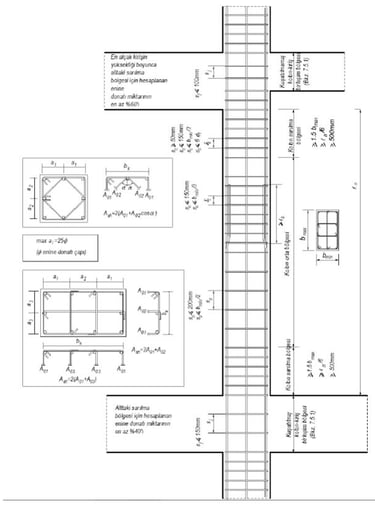

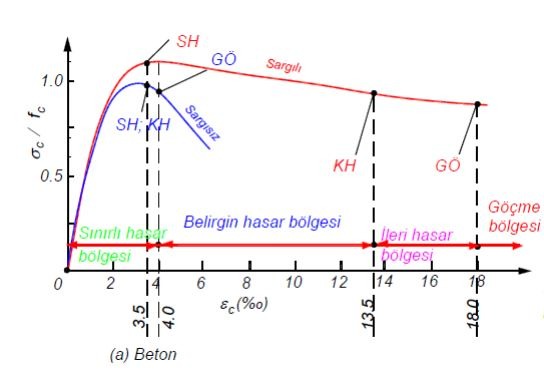

Key structural factors affecting Performance of a building:
The performance of a structure is influenced by several factors, including: The condition of materials (concrete, structural steel, reinforcement), any application to vertical structural elements (such as cutting of a column), openings in beams that is not shown at project, external effects due to lack of maintenance, modifications that impact the load-carrying system, whether proper engineering services (design and supervision) were provided, the soil condition on which the building sits.
Performance Evaluation Approach:


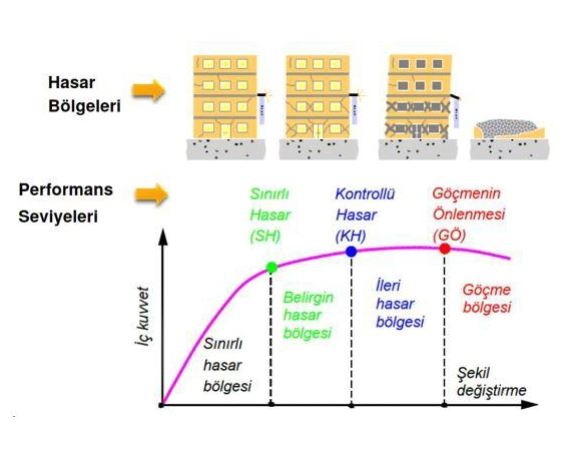

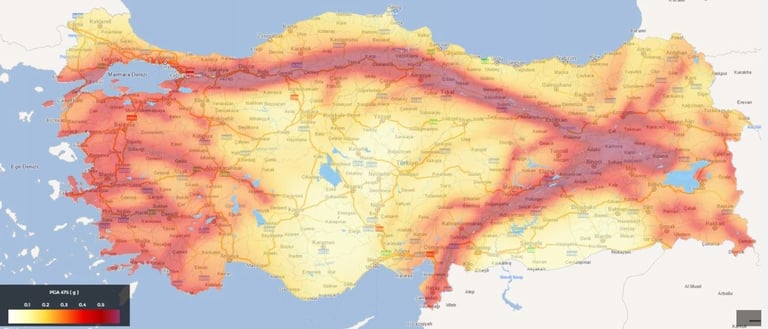

Our questions:
Understanding the Building:
For buildings with existing structural project, the applications on-site are inspected by an engineer to ensure compliance with the existing project. If discrepancies are found between the project and the on-site applications, or if no projects are available, the engineer performs a surveying (as-built) study to create structural plans for the building. The structural system of the building is then documented.
After identifying the structural system of the building, the next step is to gather information about the materials used in the structural system. To learn the existing compressive strength of reinforced concrete elements, core samples (concrete specimens) are taken from some elements and sent to a laboratory, while a Schmidt Hammer test is applied to others on-site. To gather information about the reinforcement used in reinforced concrete elements, the concrete cover of some elements is crushed in order to examine the reinforcement layout and quantity. Additionally, for certain elements, a scanner is used to take an X-ray to gain insights about the reinforcement configuration.
Once all necessary data is collected, the process proceeds to modeling and calculations.
Performance level of the structure under a specified earthquake is determined according to a 3D model of the building that is created in a computer software. And then:
A Performance Evaluation Report
Possible Strengthening Recommendations
are presented to the client.
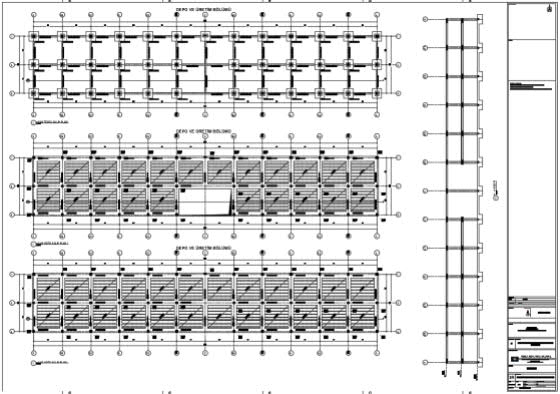

· Does the structure have projects? (Structural, architectural etc.)
· Does the structure have soil reports? (Is there a soil improvement report?)
· Is there any detected damage at structure?
· Is there any additional load that is not considered at structural project because of occupancy purpose change?
· What is construction year?
· Is there any dilatation (thermal expansion joint) at the building?

